President Donald Trump's aggressive tariff campaign continues to reshape the global trade landscape, moving from broad "reciprocal" tariffs to more sector-specific measures. This approach leverages Section 232 of the Trade Expansion Act of 1962, which allows the president to impose tariffs to protect or bolster domestic industries if potential national security threats are identified. Once a rarely used provision, Section 232 has become a cornerstone of Trump's trade strategy, with investigations launched into various sectors, including copper, lumber, pharmaceuticals, and semiconductors.
The Evolution of Section 232
The Commerce Department has been actively employing Section 232 to investigate and potentially impose tariffs on a range of products. Recently, investigations into pharmaceuticals and semiconductors were initiated, as revealed by Federal Register filings. These investigations must be completed within 270 days, adding a layer of urgency and uncertainty to affected industries.
The Balancing Act of Tariffs
Despite the aggressive stance, the Trump administration has shown some flexibility by excluding certain products from tariffs. For instance, goods compliant under the United States-Mexico-Canada Agreement (USMCA) have been spared, as have products undergoing Section 232 investigations. Notably, smartphones, computer monitors, and other electronics were temporarily excluded from the 145% "reciprocal" tariff on Chinese imports. However, Commerce Secretary Howard Lutnick indicated that these tech products would be included in future semiconductor tariffs.
Gregory Daco, chief economist at EY-Parthenon, highlighted the risks of imposing duties on products with few substitutes. "The risk from imposing duties on imports of products where there are few substitutes is certainly greater," Daco said. "That’s why there have been some exemptions and reductions in tariffs and exclusions of products that are of key importance to the US."
The Economic Impact
Despite some exemptions, the overall economic outlook remains uncertain. Daco's firm estimates that increased import costs will lead to higher prices, accelerated inflation, and reduced economic activity both in the US and abroad. "When you think about your trade policy, you want to be very careful not to exercise an extreme degree of pressure via higher prices on these sectors," Daco added. "It’s because there’s a gradual realization that imposing a tax on imports of those critical products eventually hurts US businesses and hurts US consumers and therefore leads to lower economic activity."
Sector-Specific Impacts
Copper and Critical Minerals
An investigation into copper is already underway, focusing on a critical component in the ongoing electrification of America and industries such as defense. The US imports about 50% of the copper it uses, with demand expected to grow as energy-consuming industries like artificial intelligence and blockchain expand. Dan Ikenson, an economist and trade policy scholar at Ikenomics Consulting, warned that securing new mines and refining permits takes up to 18 years. "Since we don’t have those resources, and we’re dependent on the world for it, we should not be agitating and looking to pick trade fights," Ikenson said. "We should be working out arrangements where we can have long-term access to Canada’s exports, Chile’s, and Peru’s."
Lumber
Softwood lumber, a critical component in homebuilding, is another sector under scrutiny. The US imports 30% of its softwood lumber, and homebuilders warn that tariffs could exacerbate the housing affordability crisis. Higher lumber costs could also affect other products, such as furniture and even toilet paper. The Trump administration's move to open half of America's national forests for logging has been criticized for its potential environmental impact. Trump has frequently claimed that the US can be self-sufficient in lumber, cars, and oil, but experts argue that establishing new manufacturing facilities and supply chains takes years.
Pharmaceuticals
Tariffs on pharmaceuticals present conflicting policy goals for the Trump administration, which aims to lower drug prices while bolstering US manufacturing. Diederik Stadig, a health care sector economist for ING, noted that while some branded production might shift to the US, a significant increase in generic production is unlikely due to the 10-year construction period for new facilities. Tariffs could also drive up health care costs, making medication less affordable, especially for uninsured individuals. Johnson & Johnson CEO Joaquin Duato highlighted the potential for supply chain disruptions and shortages. "Tariffs can create disruptions in the supply chain, leading to shortages," Duato said. "If what you want is to build manufacturing capacity in the US, the most effective answer is not tariffs but tax policy."
Semiconductors
Semiconductors, often referred to as "the crude oil of the 21st century," are found in a wide range of products, from medical devices to smartphones. The pandemic-induced chip shortage highlighted the vulnerabilities in the supply chain. While the CHIPS and Science Act incentivized chipmakers to open US facilities, the US still lacks electronic assembly capabilities. John Dallesasse, an electrical and computer engineering professor at the University of Illinois Urbana-Champaign, noted that even if tariffs spur domestic chip production, the finished electronics would still need to be assembled abroad, subjecting them to further tariffs.
Navigating the Uncertain Terrain
President Trump's tariff campaign, while aimed at protecting domestic industries, has introduced significant uncertainty and potential risks. The haphazard nature of tariff announcements and applications has led to depressed consumer and business confidence, hesitancy in spending and investment, and heightened financial market volatility. The sector-specific impacts, from copper and lumber to pharmaceuticals and semiconductors, highlight the complexity of balancing national security concerns with economic realities.
As the US navigates this period of trade uncertainty, the need for clear and consistent policies becomes paramount. The long-term effects of these tariffs will depend on the ability of businesses and policymakers to adapt and mitigate the risks. In an interconnected global economy, the success of US trade policy will hinge on finding a balance between protecting domestic industries and fostering international cooperation.

By Daniel Scott/Apr 21, 2025

By Laura Wilson/Apr 21, 2025
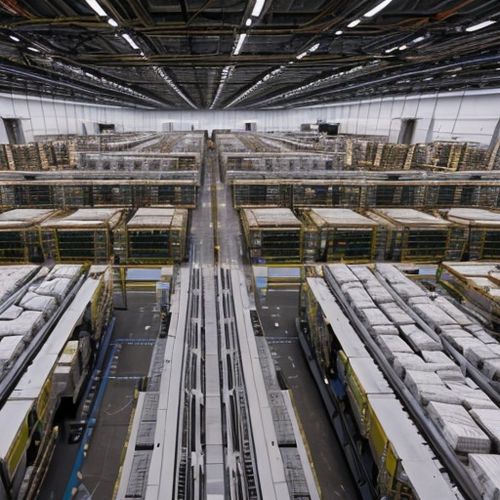
By Christopher Harris/Apr 21, 2025

By Emma Thompson/Apr 21, 2025
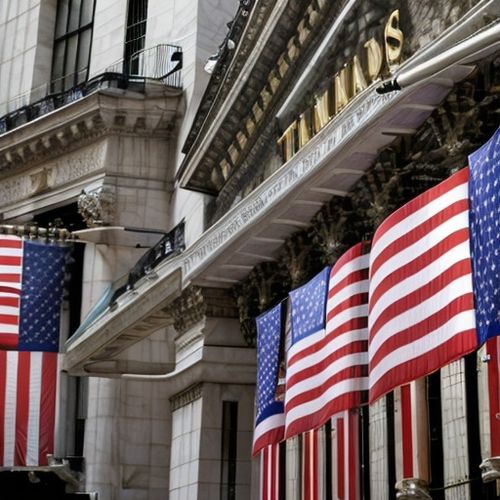
By Michael Brown/Apr 21, 2025
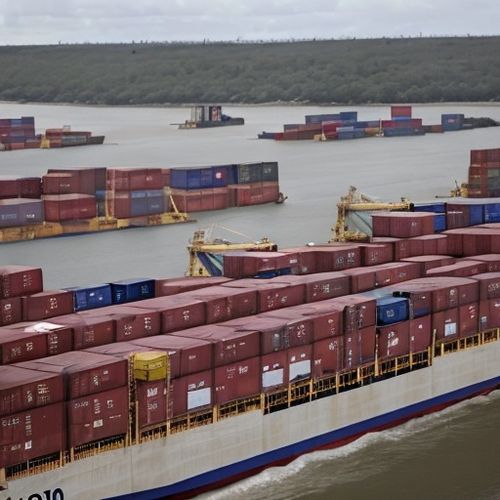
By Samuel Cooper/Apr 21, 2025
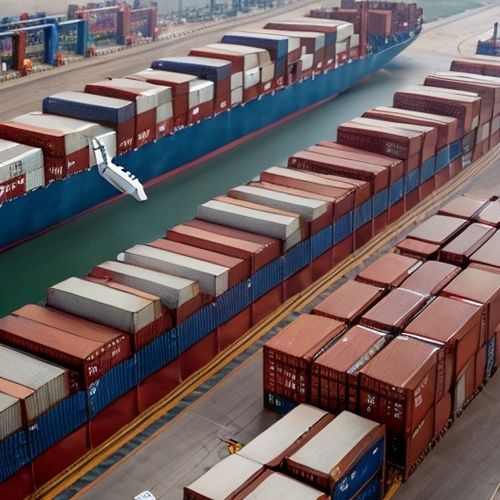
By Lily Simpson/Apr 21, 2025

By Megan Clark/Apr 21, 2025

By Elizabeth Taylor/Apr 21, 2025
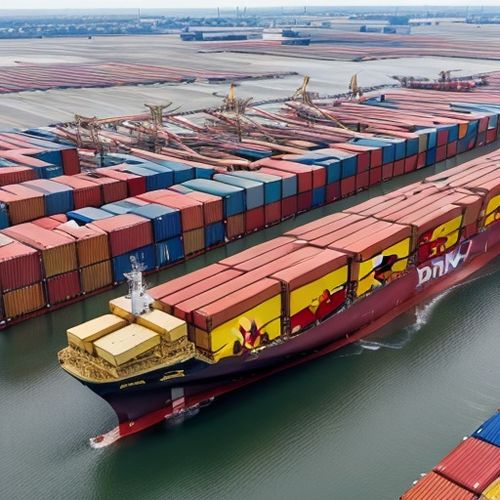
By Noah Bell/Apr 21, 2025
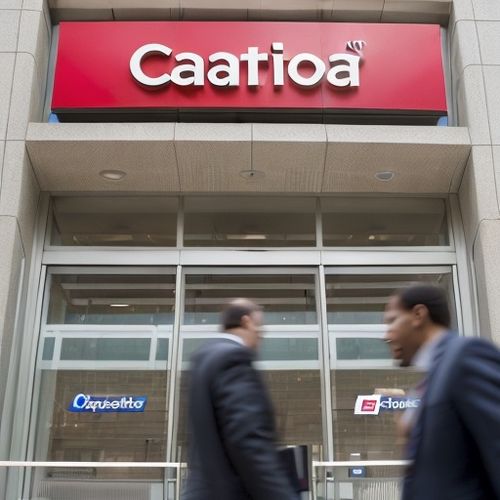
By William Miller/Apr 21, 2025
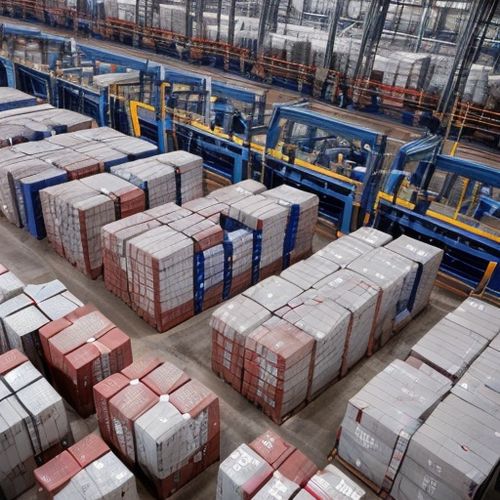
By Michael Brown/Apr 21, 2025
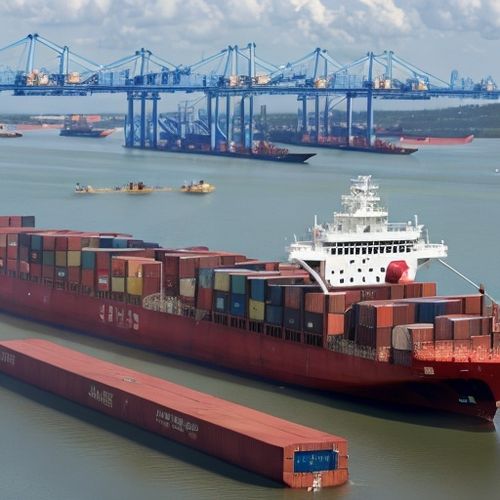
By Emily Johnson/Apr 21, 2025

By Natalie Campbell/Apr 21, 2025

By Grace Cox/Apr 21, 2025

By Lily Simpson/Apr 21, 2025
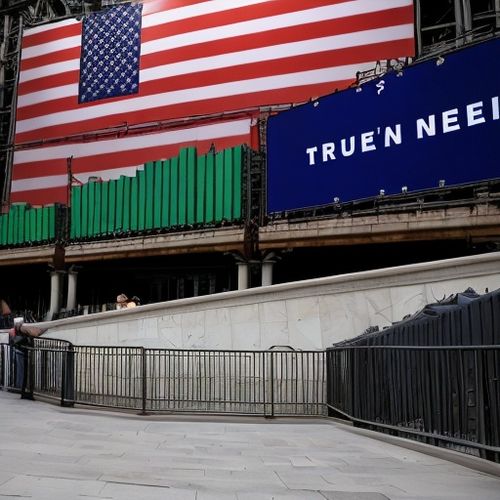
By Noah Bell/Apr 21, 2025
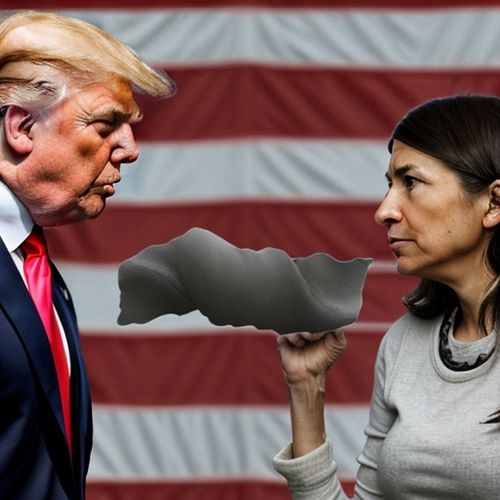
By Lily Simpson/Apr 21, 2025

By James Moore/Apr 21, 2025

By Daniel Scott/Apr 21, 2025